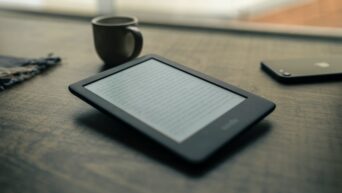What’s Up with March’s Sky in 2024?
Mark your calendars for March 14th, 2024, as the γ-Normid meteor shower is set to illuminate the night skies. With a Zenithal Hourly Rate (ZHR) of 6, this annual event is known for its mesmerizing display of shooting stars.
About the Shower
Designated as 118 GNO, the γ-Normids are a relatively weak meteor stream, shrouded in mystery regarding its parent body. Spanning from February 25th to March 28th, the shower offers a modest rate of approximately 6 meteors per hour during its peak and 3 meteors per hour during the rest of its active period.
The radiant of the γ-Normids, located in the constellation Norma, will be primarily visible from the Southern Hemisphere.
Visibility Forecast
Given the alignment of the Moon, which will be only 4.8 days old at the peak, and the radiant point, the night of March 14th presents an optimal viewing opportunity. During this period, the radiant will be above the horizon for locations in the Southern Hemisphere, ensuring clear visibility.
Observing Prospects
For stargazers in Karachi, the radiant’s peak altitude of 15° above the horizon suggests an estimated viewing rate of around 1 meteor per hour. It’s important to note that the ZHR is calculated under ideal conditions, so actual observations may yield fewer meteors.
Fortunately, the timing of the peak coincides with the new moon, minimizing moonlight interference.
Origin and Geometry of the Shower
Meteor showers result from the Earth traversing streams of debris left behind by comets and asteroids. As the particles collide with the Earth’s atmosphere, they create the mesmerizing spectacle we know as shooting stars.
The meteors associated with a specific shower seem to radiate from a central point in the sky, called the radiant. This occurs because the debris particles share similar orbits and trajectory directions.
Best Viewing Practices
To optimize your meteor sighting experience, focus your gaze approximately 30–40° away from the radiant. This area usually offers the best chance of spotting meteors.
Understanding the radiant’s position enables astronomers to determine the debris stream’s orbit and potentially identify the parent celestial body.
As you prepare to witness the γ-Normids, embrace the beauty of the universe and the wonder of celestial phenomena. Get ready to embark on an awe-inspiring journey across the night sky!

































